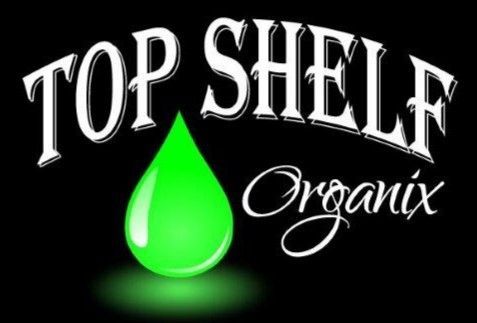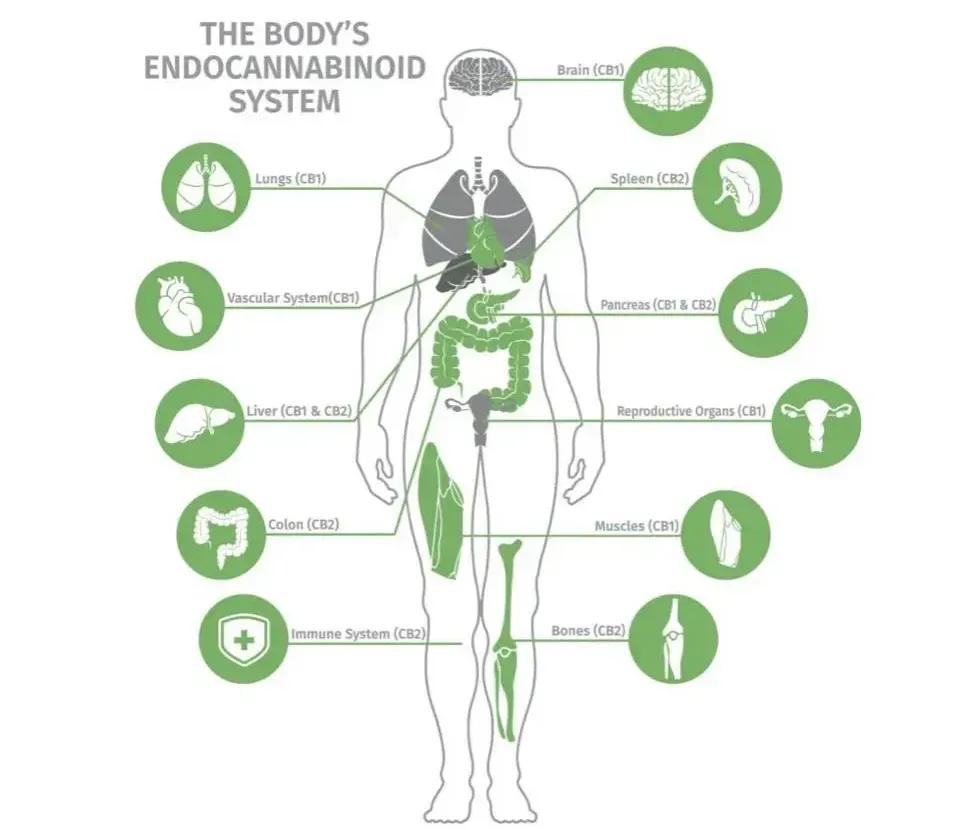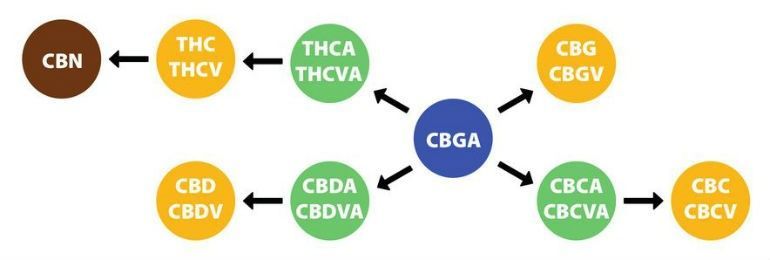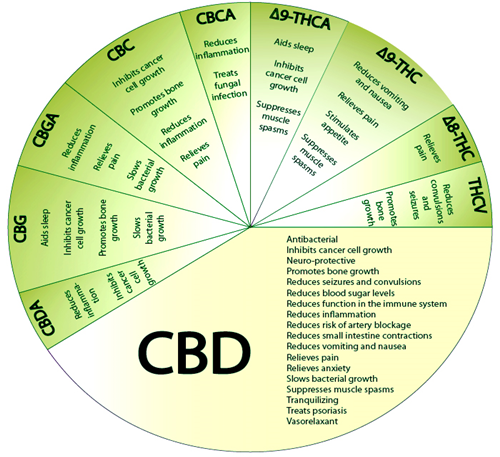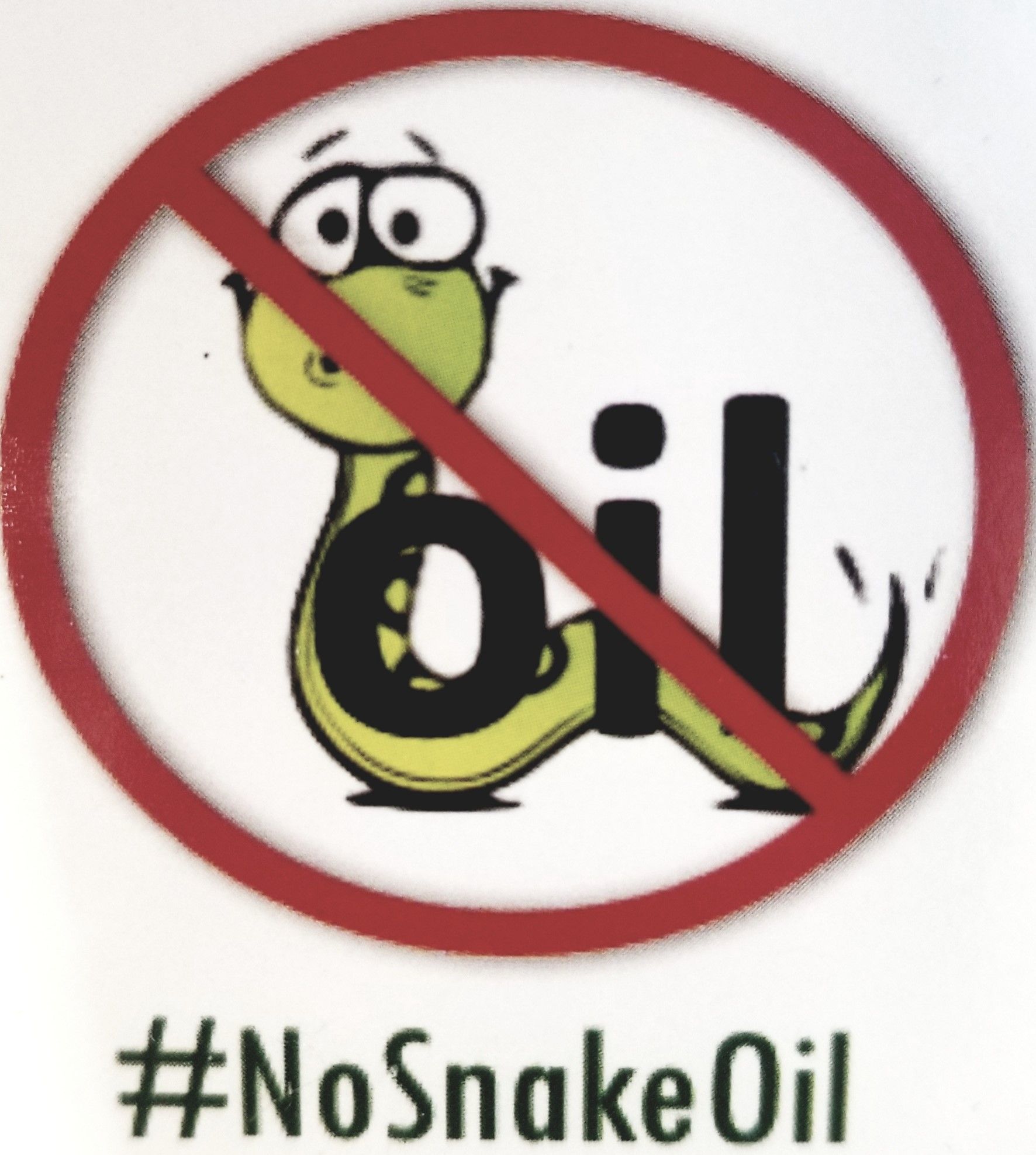Education
Did you know?...
About your Endocannabinoid System
Balancing your ECS
Keeping your ECS in proper condition will help regulate homeostasis throughout all the systems in your body helping to ensure that they all work with one another. In other words, optimum balance.
The smallest stresses can make you feel out of balance. Your body maintains its physical & emotional balance through receptors in the ECS. Your body makes its own cannabinoids to bind to these receptors, there are also cannabinoids in nature (called phyto-cannabinoids), found in hemp.
This is why natural cannabinoids in hemp have been said to have effects on the body.
Like a lock & a key
Your CB1 receptors are usually found in the brain & central nervous system. While the CB2 receptors can be found in the peripheral organs, and cells associated the the immune system.
The ECS is a bridge between body & mind. Research is showing that small doses of cannabinoids can signal your body to make more endocannabinoids & build more receptors.
What is CBG?
Cannabigerol (CBG) is one of more than 120 identified cannabinoid compounds found in the genus cannabis plant. CBG is the non-acidic form of cannabigerolic acid (CBGA), the parent molecule from which other cannabinoids are synthesized. CBG is a minor constituent of cannabis. The most well-known cannabinoids are CBD and THC.
There has recently been more interest in the potential benefits of CBG.
CBG is considered to be the precursor to other cannabinoids. This is due to the fact that CBG-A, the acidic form of CBG, breaks down to form CBG, CBD, THC, and CBC (cannabichromene, another cannabinoid) when heated.
CBD and CBG are both nonintoxicating cannabinoids, meaning they will not make you high. They also both interact with the same receptors in the body, according to a 2018 study, and appear to have anti-inflammatory effects.
However, CBG does seem to have some different functions and health benefits than CBD.
The main difference between CBD and CBG comes down to the level of research available. There has been a decent amount of research on CBD, but not so much on CBG.
Potential Benefits of CBG
CBG’s ability to counteract the psychotropic effects of THC, in addition to the way it works when used by itself, make it a potentially promising treatment for a wide variety of medical disorders.
Like CBD, CBG may help boost the levels of natural chemicals in the brain, possibly making it useful as an anti-anxiety treatment and anti-depressant. It may also help reduce eye pressure in people with glaucoma and be an excellent anti-inflammatory. Doctors are looking into CBG as a neuroprotective agent for people with degenerative brain diseases such as Huntington’s disease, as well as potential tumor-inhibitor for certain kinds of breast cancer. It also may kill bacteria, stimulate appetite, and decrease bladder contractions in people with bladder disorders.
It’s likely that CBG helps block serotonin receptors, making it a potentially useful antidepressant. CBG also works as a GABA uptake inhibitor, meaning that it may help reduce anxiety and relax muscle tension.
CBG interacts with both CB1 and CB2 receptors in the endocannabinoid system; during these interactions, it is thought to naturally increase dopamine levels, which help to regulate sleep, mood, and appetite.
CBG further has a positive impact on various factors of the body that cause acid reflux and heartburn. CBG has the capacity to function as an anti-inflammatory to lessen esophageal irritation. Further, it also reduces the capability of fluids to travel within the gut and the esophagus which is the prime cause of acid reflux.
CBG is non-intoxicating, like CBD, the two cannabinoids bind with completely different receptors and work in entirely different ways.
When THC creates an intoxicating high, it does so by binding with the CB1 receptors in the brain. CBG reduces the high created by THC by inhibiting the CB1 receptor, preventing THC from stimulating it as strongly.
Because CBGA, the precursor to CBG, is the parent to many major cannabinoids, it is the source of a great deal of the power packed inside of the cannabis plant. Aside from the fact that its precursor synthesizes into other cannabinoids, scientists are still learning about CBG’s many effects that make it a powerful cannabinoid. Further study will help reveal the mechanisms through which CBG works and what this means in the future.
**These statements are not approved by the FDA. These products are not meant to treat, cure or prevent any disease. Please consult your physician before taking any herbal medications**
What is CBN?
CBN (cannabinol)
CBN is psychoactive, however, only marginally so compared to THC as it derives from the same cannabinoid acid (tetrahydrocannabinolic acid) and is created when THC is exposed to oxygen. It's often present at a very low level in most popular strains, so an understanding of CBN is still being built. Early indications are that it is effective as a sleep aid and remedy against arthritis.
Cannabinol (CBN) is known best for being the cannabinoid that is created when THC ages–it is a natural byproduct of THC degradation. In fact, as THC ages a significant amount it can naturally convert to CBN–up to 25% per year. Some CBN can also be formed when THC is heated to high temperatures. While this might not sound appealing, it has so many medicinal benefits because it often has high CBN levels. Depending on the effects you are seeking, CBN could be the ideal cannabinoid for you.
Antibacterial Studies on CBN have found that it may be a potent antibacterial agent. In lab settings, CBN was tested on strains of MRSA bacteria that are resistant to traditional antibiotics. Researchers found it to be a potent antibacterial gent against these resistant strains. Perhaps in the future, we will see CBN being used to fight off bacterial infections that our usual antibiotics can’t heal.
Neuroprotectant
CBN may also be a powerful neuroprotectant. In one rodent study, researchers used CBN as a treatment for ALS and found that it was able to delay the onset of the condition. While human studies need to be done, this suggests that CBN may provide a powerful tool in the fight against ALS and other neurodegenerative conditions.
Appetite stimulation
In rodent studies, CBN increased the amount of food that rat subjects ate, suggesting that it could be an effective appetite stimulant. Since some avoid THC (another well-known appetite stimulant) due to its intoxicating effects, CBN could potentially offer an alternative for those seeking the munchies without the high—but more research is needed.
Glaucoma
CBN may also be helpful for those suffering from glaucoma. One study on rabbits found that CBN (as well as THC) reduces intraocular pressure—the biggest risk factor for glaucoma. Still, research is in early stages and CBN hasn’t been shown to be superior to other glaucoma medications. More research is needed to know if cannabinoids could ever effectively replace any traditional treatments for glaucoma.
Anti-inflammatory
CBN may also be a potent anti-inflammatory agent capable of helping those with rheumatoid arthritis. In one study, CBN was shown to reduce arthritis. While more research needs to be done, this could end up being an incredible help to those suffering from this debilitating condition.
CBN is also considered to be sedative by many, however there is little research to support this. Other research shows CBN can stimulate appetite, ease glaucoma, and work as a powerful antibiotic, which all makes sense given its close relation to THC.
**These statements are not approved by the FDA. These products are not meant to treat, cure or prevent any disease. Please consult your physician before taking any herbal medications**
What is CBC?
CBC (cannabichromene)
CBC is another non-psychoactive, minor cannabinoid made from CBG that's drawing interest for healing potential. Just like CBD, CBC acts as a buffer against THC. More importantly, it has been observed to play a part in neurogenesis and neuroplasticity, key functions of brain health and development. CBC is a powerful antibiotic, shown to help with infections that are resistant to other treatments. CBC might also help protect the brain from neurodegenerative conditions. Studies show that CBC not only protects the brain, it could encourage your brain to grow new brain cells. So far these studies have only been on rats taking CBC.
HOW DOES IT WORK?
CBC directly interacts with CB1 and CB2 receptors throughout the body and brain. However, it also works with other receptors, specifically TRPA1 and TRPV1. “TRP” stands for “transient receptor potential channels” This means that they are essentially the SOS channel over which signals about pain and inflammation are sent. These channels, like the endocannabinoid system (ECS) comprised of cannabinoid receptors, link throughout the body. They play a key role in pain and inflammation transmission signals sent to other regions of the body.
Even more interesting, CBC is one of the most prevalent, if still largely unresearched cannabinoids. It is also the third most abundant cannabinoid found in generalized plant samples, behind THC and CBD.
What can CBC be used for? Apart from generalities of “inflammation” or “pain,” CBC is already starting to be applied to other conditions. New research published last year by the Journal for Experimental Dermatology found that CBC may be good for acne treatment. As it appears to reduce the production of sebum by sebaceous glands, while also reducing the impact of arachidonic acid on the skin and glands.
It is not known, due to lack of research and data, how exactly CBC can manage pain. However, it is clear that it can and most likely will be used to do so in future trials and treatments. This begins with any movement disorder where inflammation is also a feature, such as arthritis. CBC appears to promote neurogenesis, the growth of nervous tissue. It also may be a key cannabinoid that impacts or retards cell degeneration in conditions like depression, Alzheimer’s, Parkinson’s, Huntington’s, and motor neuron disease. The properties of this cannabinoid are no doubt intriguing. Even with few human trials to back it up, CBC is already making waves.
**These statements are not approved by the FDA. These products are not meant to treat, cure or prevent any disease. Please consult your physician before taking any herbal medications**
Terpenes 101
There are more than 20,000 terpenes, with more than a hundred in cannabis alone. Terpenes are volatile aromatic oils produced by cannabis as a natural defense against pests & disease. Like cannabinoids, terpenes are a product of the trichome. (in cannabis, trichomes are found on the “buds” of flowers, fan leaves, and sometimes on the stalk. They grow on plants in nature as a defense mechanism, to war off predators form eating the plant.
Many common plants produce the same terpenes also produced by cannabis plant, including citrus fruits, herbs, & other medicinal plants.
Terpenes are responsible for the unique flavors, & aromas which define individual strains. They may also be responsible, in part, for the for the nuanced experiences of each strain including varied possible medicinal benefits.
Some of the most common terpenes are as follows:
Myrcene:
Has an herbal, musky scent, also found in mango, lemongrass, & thyme.
Limonene:
Citrus, lemon scent, also found in lemon, lime, & peppermint.
Terpinolene:
Has an herbal, pine, floral scent, also found in tea tree, cumin, & apples
Beta-Caryophyllene:
Spicy, peppery clove scents, also found in black pepper, cinnamon, & clove.
Pinene:
With a scent of pine & forest, also found in conifer trees, rosemary, & basil.
Humulene:
A scent of hops, it is earthy & musty, found also, in hops, basil, & coriander.
